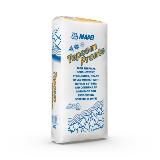
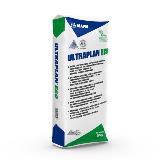
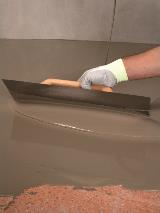
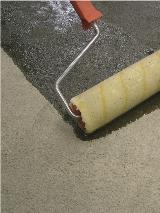
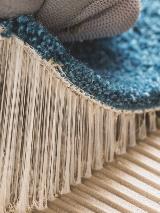
The term “resilient coverings” generally refers to floor and wall coverings made from carpet, rubber or PVC. One of the characteristics they have in common is resilience, a mechanical property that allows these types of material to deform so they can absorb impact or deformations without breaking.
What properties should a substrate have to make it suitable for bonding these types of material?
While the three requirements above are particularly important, they are not the only ones. All those working in this sector know that curing, thickness, compactness, cleanliness and other factors all play their part in the successful installation od resilient materials.
